What is Genius? Masahisa Fukase.
A radical photographer since the 1960s, Masahisa Fukase has been languishing behind the scenes for nearly a quarter of a century. This spring shed some light on the mystery of his 'inactivity'.
KYOTOGRAPHIE, Kyoto’s international photography festival, ran from 14 April until 13 May this year, marking its sixth anniversary. Among the featured photographers was Masahisa Fukase, who grew out of the 1960s alongside greats such as Nobuyoshi Araki and Daido Moriyama. In 1992, a fall left him in an unconscious state, diminishing the visibility of much of his work until now.
'BUKUBUKU 91.12.1', 1992, Gelatin silver print, 8 x 10 in
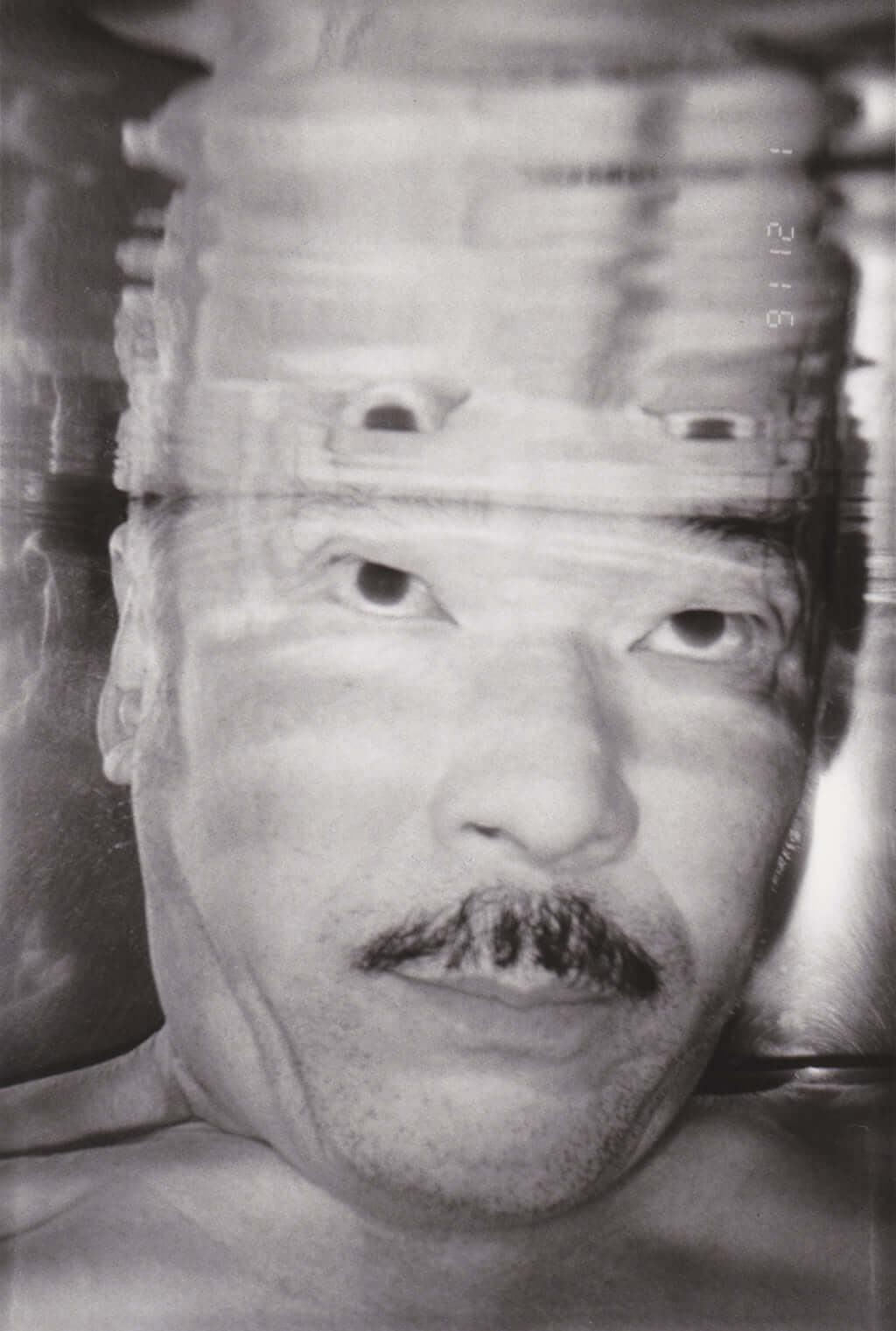
One of Masahisa Fukase’s final pieces. For about one month, he photographed himself submerged in the bathtub. Six months later, Fukase fell and stopped taking pictures. ©Masahisa Fukase Archives, courtesy of Michael Hoppen Gallery in London
Fukase’s exhibit was one of the main features of the programmes at this year’s KYOTOGRAPHIE. The exhibit showed over two-hundred and fifty photographs including some many vintage prints that hadn’t been displayed for years. We spoke with the curators working on this event: Tomo Kosuga, the Masahisa Fukase Archives curator; and Simon Baker, the director of the the Maison Européenne de la Photographie.
'A Game: Sasuke', 1983, Polaroid, 20 x 24 in
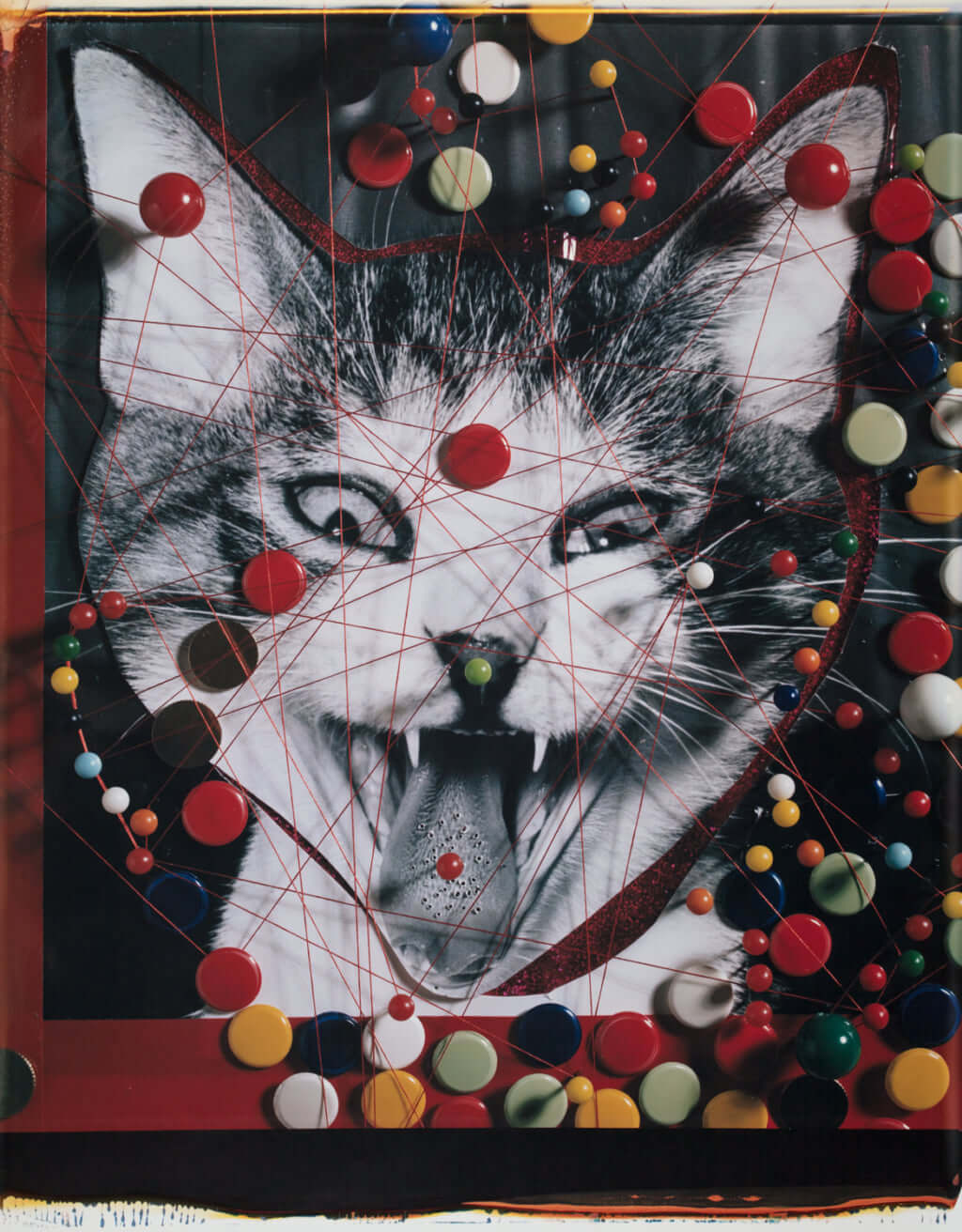
This photograph of Fukase’s beloved cat Sasuke makes a strong impression with its creative use of tacks and yarn. Fifty times larger than a standard polaroid, this picture was a taken with an enormous polaroid camera. ©Masahisa Fukase Archives, courtesy of Michael Hoppen Gallery in London
'Sasuke', 1977, Gelatin silver print, 8 x 10 in

Fukase raised his cat Sasuke since he was a kitten and took many pictures of him in different places. Fukase said that he imagined changing into a cat, and thought of photographing the cat’s growth from his time as a kitten as his living partner. ©Masahisa Fukase Archives, courtesy of Michael Hoppen Gallery in London
'Sasuke', 1977, Gelatin silver print, 8 x 10 in

When photographing Sasuke, Fukase said, 'I saw myself reflected in the cat, and I wanted to photograph the love that I saw there'. Fukase loved his cat so much that he even said the pictures he took of Sasuke were self-portraits. ©Masahisa Fukase Archives, courtesy of Michael Hoppen Gallery in London
‘This was the first retrospective exhibition in Japan since his death. Over a period of thirty years, Fukase actually pursued themes of ‘self-representation’ that he could express through photography. He was born the oldest son of a family in Hokkaido that had been running a photography studio since his grandfather’s time, but he moved to Tokyo to study in the photography department at the Nihon University College of Art. He remained n Tokyo to work as a photographer for advertisements while privately seeking to give an account of his place in the world by photographing his life and surroundings. Everyone who served as his subjects were important people to Fukase. On the one hand he was creating peerless masterpieces through his passion for photography, and how he pushed his subjects to their limits, but on the other hand, arguably, this passion made him a thoroughly lonely person. This loneliness is also connected to his separation from his wife in 1976 and escape to his hometown in Hokkaido where he took pictures of ravens for no apparent reason. For the next ten years Fukase continued to photograph these birds that are often perceived negatively by people but which were, for Fukase, really projections of himself’, says Tomo Kosuga, speaking of Fukase’s ‘Ravens’, which was a big part of KYOTOGRAPHIE.
“Ravens’ subsequently became Fukase’s representative masterpiece, his best known work, and a monumental moment in the history of Japanese photography, that has come to be highly regarded around the world. The series however, is known for its black and white photographs (as he published in the book), and most people don’t know that he took colour photographs of ravens and even polaroids. In addition to the black and white photographs in ‘Ravens’, the colour prints and polaroids were added to the exhibition’, Simon Baker says.
'Ravens: Noctambulant Flight', 1980, C print, 16 x 20 in
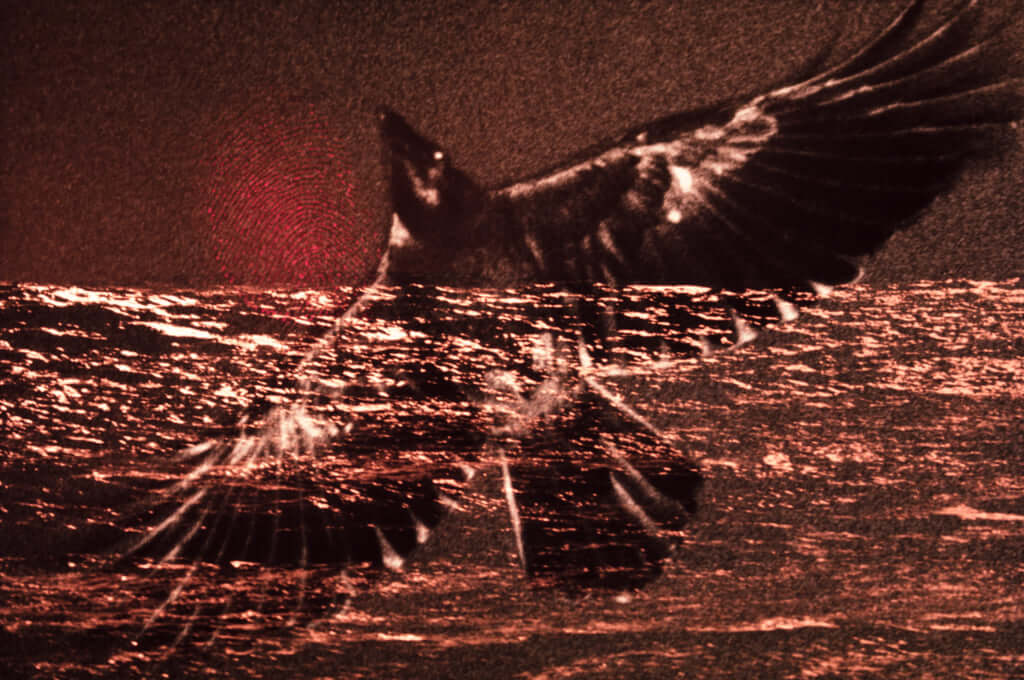
©Masahisa Fukase Archives, courtesy of Michael Hoppen Gallery in London
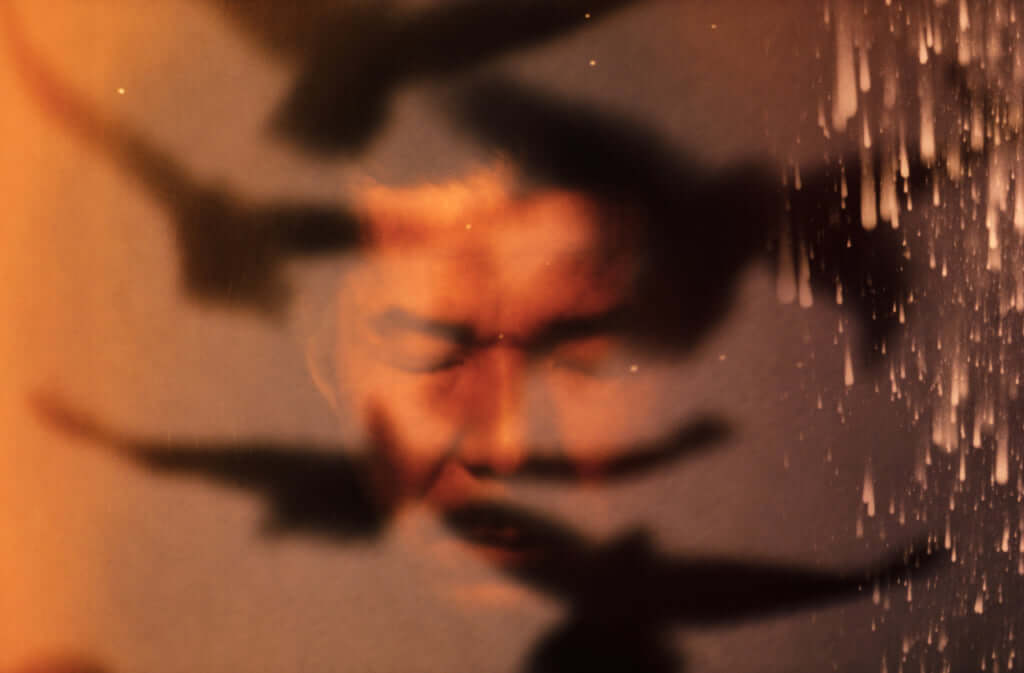
The photographs in Fukase’s 'Ravens' were compiled to create a montage piece. His own face and even fingerprints were included and overlapped with images of ravens. ©Masahisa Fukase Archives, courtesy of Michael Hoppen Gallery in London
'Ravens', 1977, Gelatin silver print, 11 x 14 in
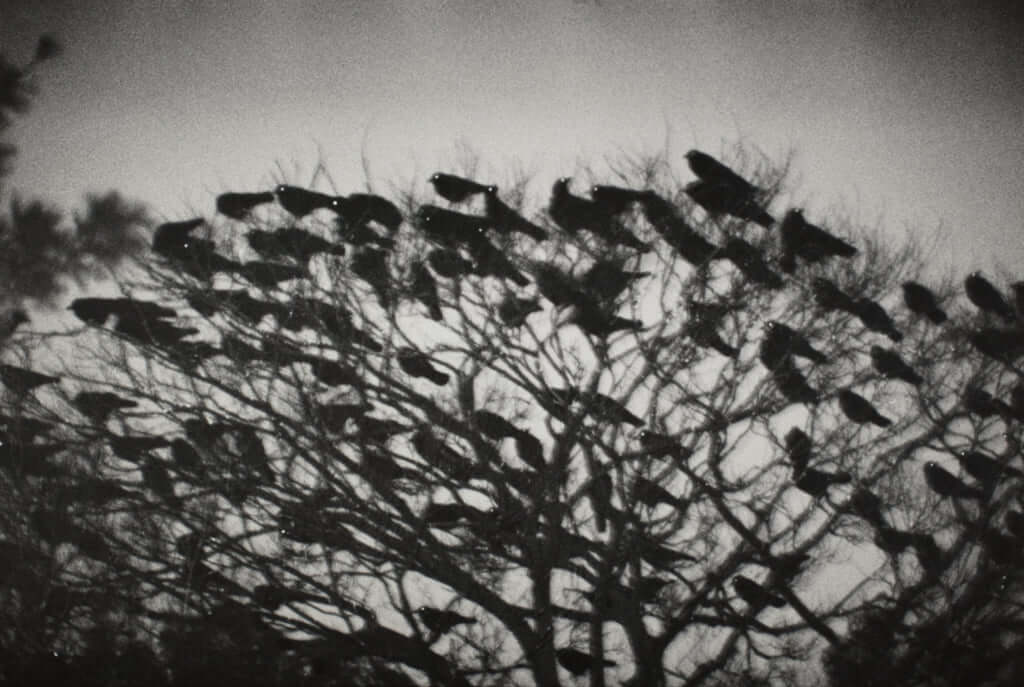
Fukase’s representative masterpiece. After separating from his wife and embarking on a journey, he encountered ravens. Last year, the British publisher, MACK issued a bilingual facsimile of the first edition. ©Masahisa Fukase Archives, courtesy of Michael Hoppen Gallery in London
'Raven Scenes', 1985, Polaroid film, 8.5 x 11 in
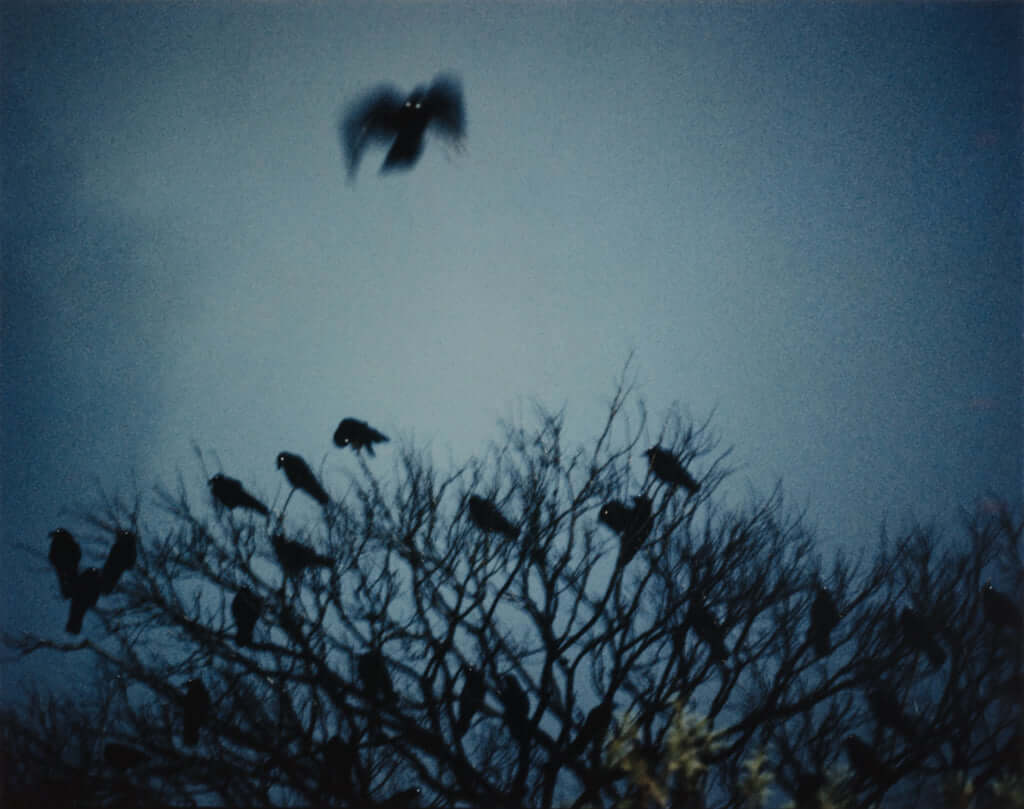
The colour edition of his masterpiece, 'Ravens'. These pictures taken with colour positive film were then transferred to the polaroid format. ©Masahisa Fukase Archives, courtesy of Michael Hoppen Gallery in London
‘Private Scenes ’92’, which was shown at the Ginza Nikon Salon in 1992, and is considered the work that defines Fukase’s personal outlook on the world. The exhibit was his last and included four-hundred-fifty pieces that filled the gallery walls. The majority of these photos were Fukase’s self-portraits. Tomo Kosuga felt that this was one of the highlights of this year’s KYOTOGRAPHIE.
‘This exhibition had part of Fukase’s final works from ‘Private Scenes ’92’ on display. Unlike anything else he photographed, whether it was animals like ravens and cats, or the people around him like his wife or immediate family, the self-portraits that he took during his later years express his self-representation point of view unlike anything else. This accomplishment in 1992 completed one aspect of his self-representative photography, but unfortunately the accident he had in the same year brought his activities as an artist to a close. By coming to see this exhibition, people could see just how special these final pieces that he left to the world really are. I think that this is the greatest feature of this exhibition’, says Tomo Kosuga.
'Colour Approach', 1962, Positive film, 4 x 5 in
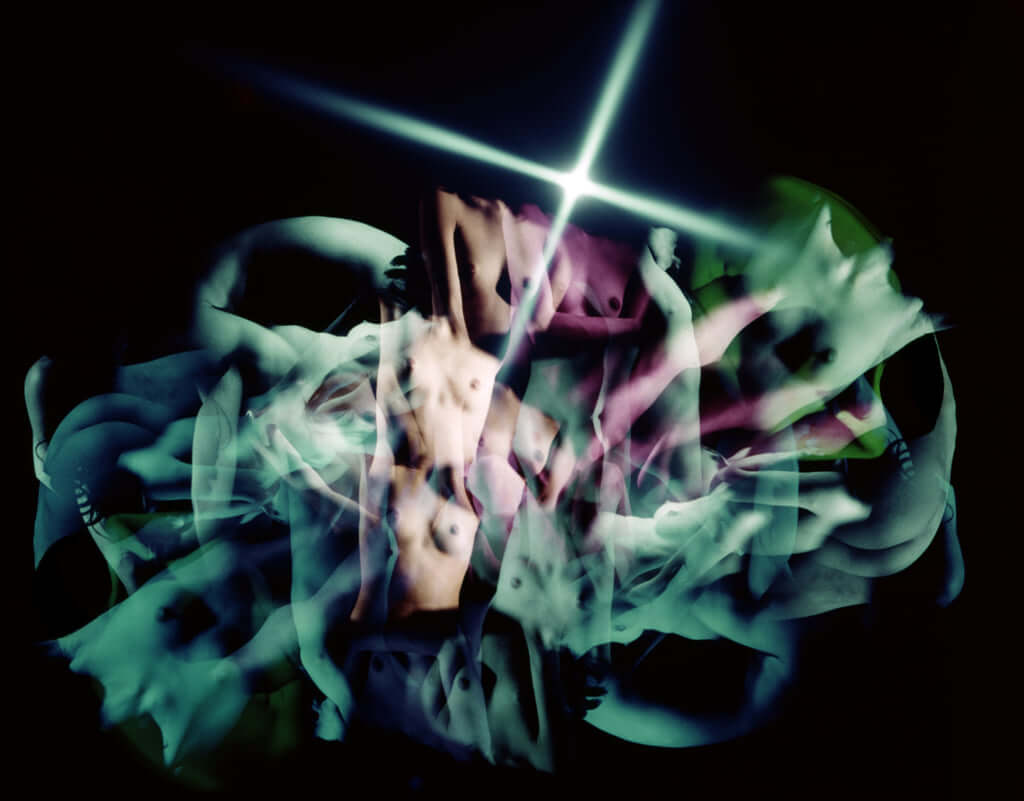
©Masahisa Fukase Archives, courtesy of Michael Hoppen Gallery in London
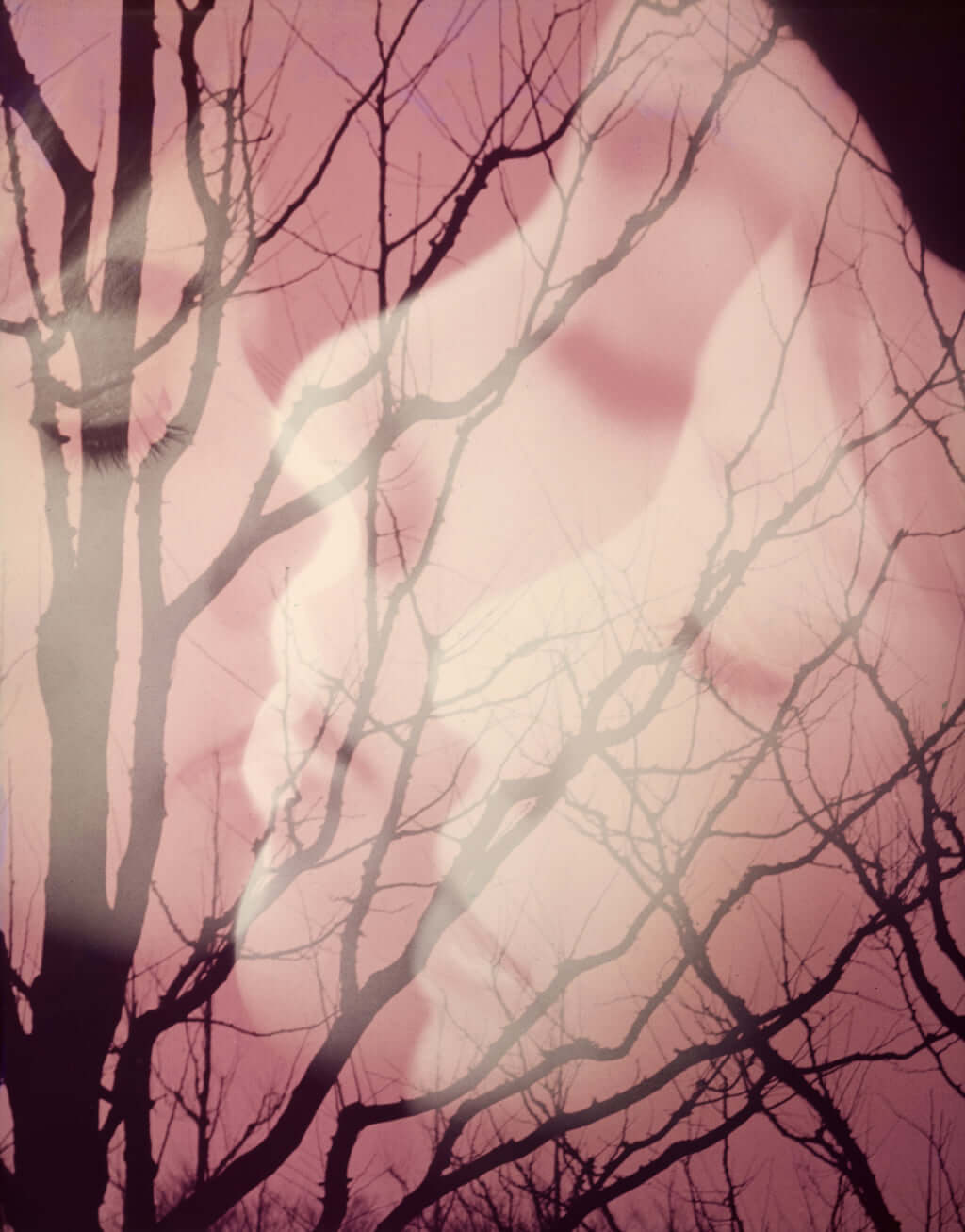
©Masahisa Fukase Archives, courtesy of Michael Hoppen Gallery in London
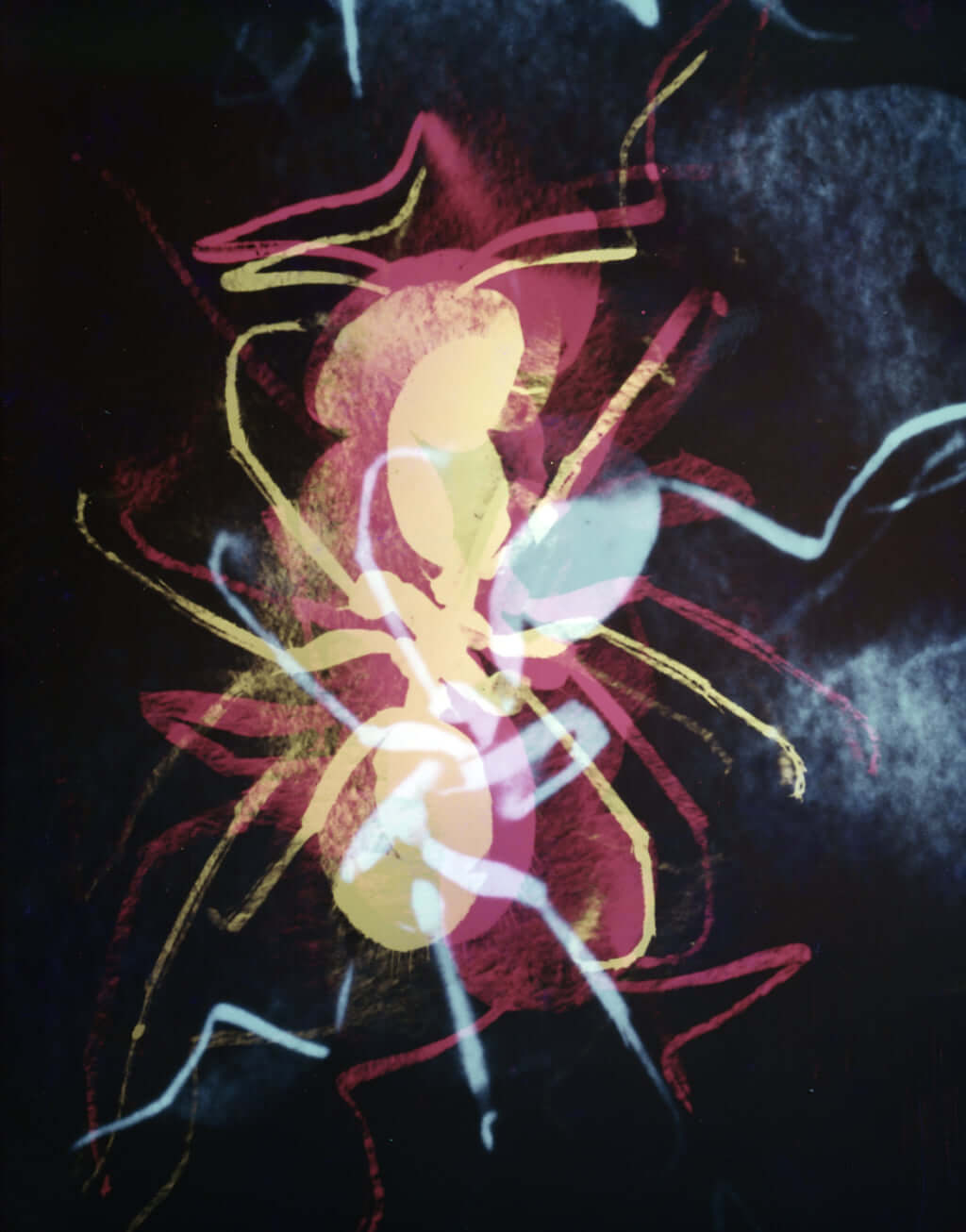
Three pieces from his 'Colour Approach' series. Fukase was an avid colour photographer from the 1960s as well. Among the photographs in this series is a montage of images with a surreal influence. ©Masahisa Fukase Archives, courtesy of Michael Hoppen Gallery in London
'Hibi', 1992, Gelatin silver print, 8 x 10 in
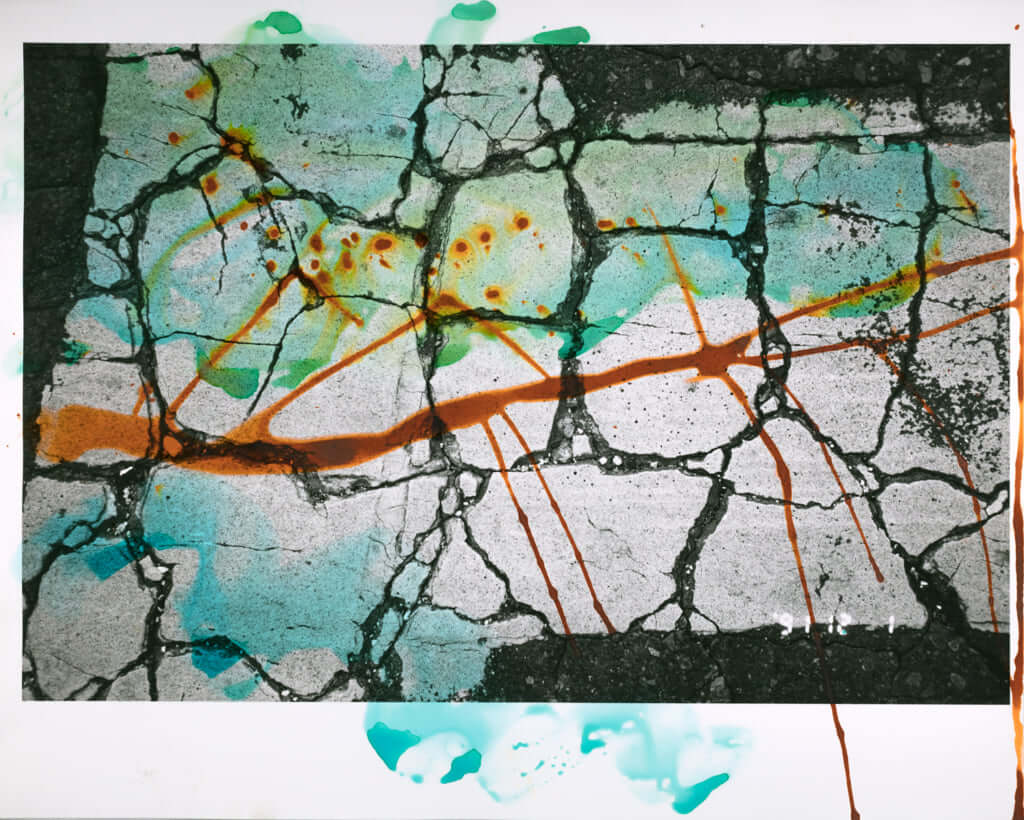
A series of photographs of his life overlapping with cracks in the ground. Fukase said, 'The road was hurt, just like I was. I felt that I comforted the road by showing my appreciation for its reflection of my pain by giving it a facelift'. ©Masahisa Fukase Archives, courtesy of Michael Hoppen Gallery in London
'Private Scenes', 1991, Gelatin silver print, 14 x 17 in
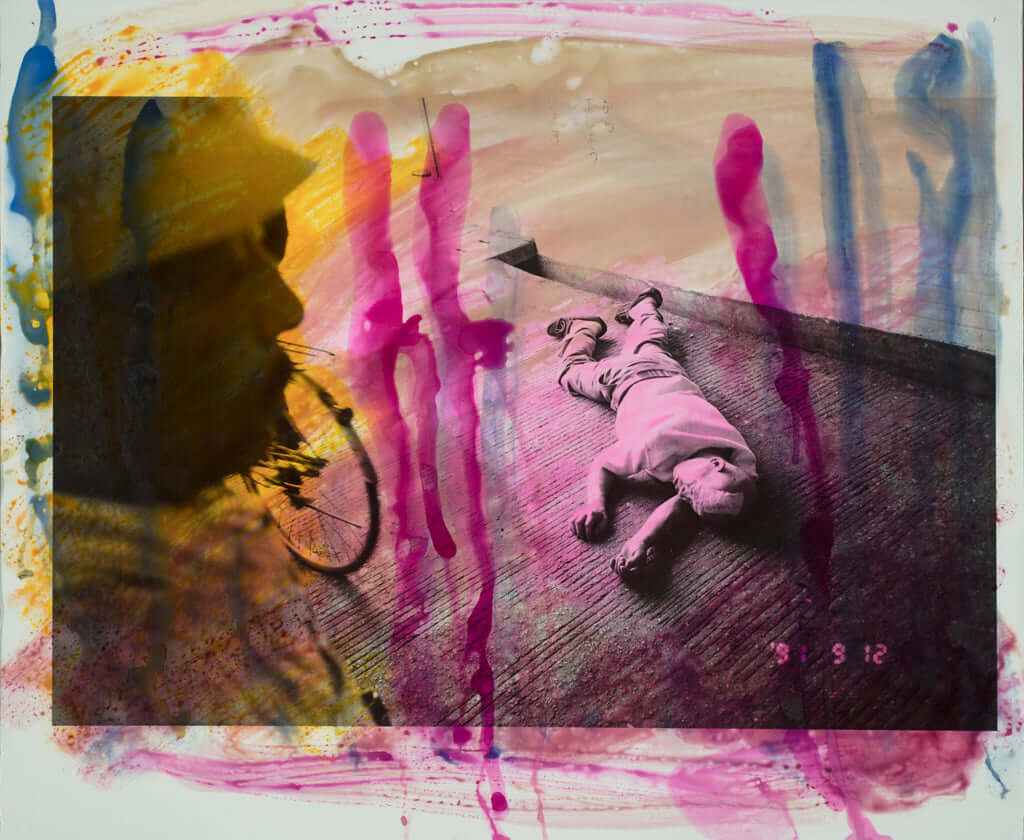
One of his final works. Fukase continued to take pictures with his self-representation theme in mind and finally arrived at what we would now call a selfie while employing a variety of methods for photographing scenery. The picture on the left is Fukase in profile. ©Masahisa Fukase Archives, courtesy of Michael Hoppen Gallery in London
The Fukase show in Kyoto was concerned with themes such as love and loneliness, death, performance, ‘selfies’, play, and comedy. Even though Fukase was one of post-war Japan’s most radical and edgy photographers, much of his work didn’t see the light of day for nearly a quarter of a century. This year’s event shed some light on the mystery of Masahisa Fukase.
Masahisa Fukase
Photographer. Born in Hokkaido, 1934. Immersed in photography from his earliest days—his father had a portrait studio—Masahisa Fukase began as a documentary photographer for magazines before developing his own profoundly introspective oeuvre. In 1992 Fukase suffered an accident that kept him in intensive care until his death in 2012.
TRENDING
-
A House from the Taisho Era Reveals Its Secrets
While visiting an abandoned building, Hamish Campbell discovered photographs the owner had taken of the place in the 1920s.

-
The Taboo-Breaking Erotica of Toshio Saeki
The master of the 1970s Japanese avant-garde reimagined his most iconic artworks for a limited box set with silkscreen artist Fumie Taniyama.

-
With Meisa Fujishiro, Tokyo's Nudes Stand Tall
In the series 'Sketches of Tokyo', the photographer revisits the genre by bringing it face to face with the capital's architecture.

-
Masahisa Fukase's Family Portraits
In his series ‘Family’, the photographer compiles surprising photos in which he questions death, the inescapable.

-
Hajime Sorayama's Futuristic Eroticism
The illustrator is the pioneer for a form of hyperrealism that combines sensuality and technology and depicts sexualised robots.





